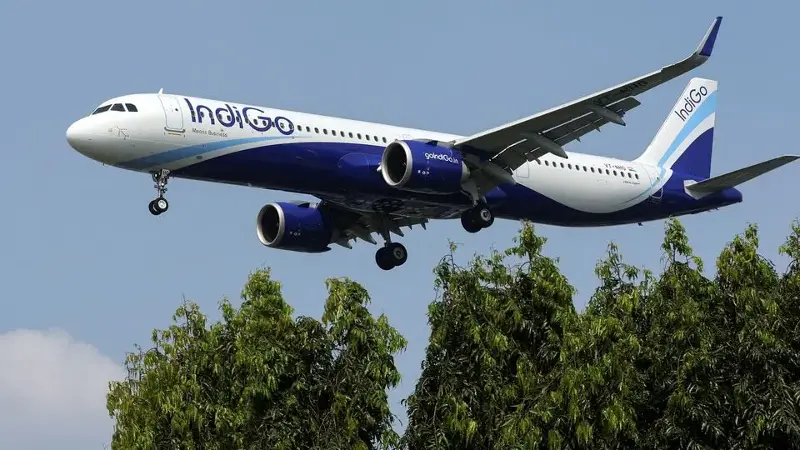
A year ago to this day, IndiGo, on its 18th birthday, announced the launch of IndiGoStretch, its business class product, on a flight between Mumbai and Delhi. The airline had announced that it would induct 45 aircraft by the end of December 2025 and operate 12 routes in the country with it. While it may remain on track to induct 45 planes by next month, an achievement in current times due to supply chain shortages, it has significantly altered its plans for the 12 routes in the country. The airline had not announced which 12 city pairs these would be, but since the focus was said to be on the busiest and business routes, they were likely to be the flights between the six metros, barring the short routes between Bengaluru and Hyderabad, Bengaluru and Chennai, and Hyderabad and Chennai.
The airline currently offers Stretch on the following routes: Delhi-Mumbai, Delhi-Bengaluru, Delhi-Hyderabad, Delhi-Chennai, Mumbai-Bengaluru, Delhi-Kolkata, and Mumbai-Kolkata. It has also announced that Mumbai-Chennai will soon be added to the list.
But India's largest airline has a long way to go on Stretch. A year down the line, the product comprises only 0.6% of its total seats, according to data shared by Cirium, an aviation analytics company.
Plan B
The airline stopped expanding the Stretch product on domestic sectors and instead began deploying it on international sectors, starting with Bangkok, followed by other markets such as Singapore, Dubai, and Phuket. Clearly, the plan to deploy across 12 routes with 45 planes took a back seat, with only seven out of 12 being operationalised at the time of the one-year anniversary.
Driven by the response—or rather, the lack of it—or the opportunity being better on international flights, the airline recalibrated its deployment. If aircraft production tracking websites are to be believed, the airline plans to add more than 45 aircraft with the Stretch product.
Stretch mismatch?
IndiGo inducted the damp-leased Dreamliners from Norse Atlantic starting March this year. Norse Atlantic’s 56 Premium Economy seats are being branded as IndiGoStretch. As the airline launched flights to Europe (Amsterdam, Manchester, Copenhagen, London), not only is the hard product different but the experience too is different. For example, the passengers flying the Stretch to its European network get access to hot meals, lounge and alcohol, while those flying the XLRs will also have access to hot meals, but passengers booked on the Stretch to destinations in ASEAN and the Gulf, along with domestic flights, have to make do with cold meals.
The airline offers lounge access for International passengers flying the wide-body Stretch product, while it is not available on domestic or international flights on its own metal. With the XLR induction later this year, the mismatch will become even wider. At some point in time, this could lead to confusion in the minds of consumers about what exactly is included or excluded. IndiGo will have a long way to go to adjust the product and market mix and will possibly stabilise after 2027 when its own A350s enter service with a business-class product, which is currently under development.
While IndiGo was inducting its dual-class aircraft, Air India was working on converting its two-class A320S to three classes, with a similar configuration to that of its former Vistara planes. The IndiGo Stretch induction came at a time when Vistara merged with Air India and became a capacity and frequency leader overnight on the top two routes in the country. IndiGo’s Stretch product falls short of Air India’s domestic and regional business class, but so do the fares, as IndiGo fares position its Stretch between Premium Economy and Business class of Air India.
Tail note
The airline operates 20 flights a week with the Stretch product in the Dreamliners, 1,496 flights a week on its own metal, the A321neo with the Stretch product, and 14,553 flights a week on mono-class planes comprising the A320 and A321 aircraft. The airline has a long way to go in making the offering a premium one.
While business class also helps with the sales of codeshare flights, providing better service to codeshare passengers connecting on domestic IndiGo flights, will having more planes and routes offer Stretch? If so, is there a potential to offer a smaller cabin with Stretch? At 12 seats in the front cabin, IndiGo has more Business class seats on offer than standard Air India A320neo, which are configured with eight Business class seats.
The author, Ameya Joshi, is an aviation analyst.
